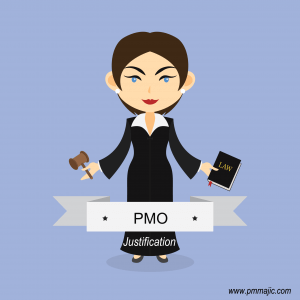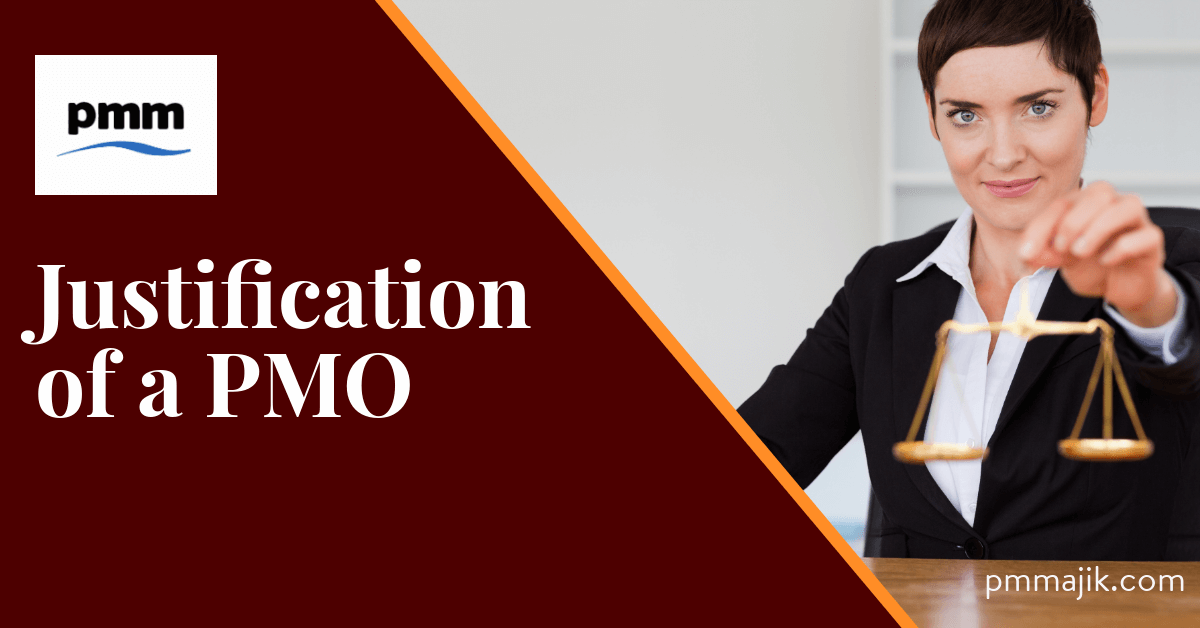 A common question that many PMO professionals get asked is to “justify the setting up a PMO”. This stems from the fact that a PMO costs money to set up and run. Additionally there still is a misconception that a PMO offers little or no value.
A common question that many PMO professionals get asked is to “justify the setting up a PMO”. This stems from the fact that a PMO costs money to set up and run. Additionally there still is a misconception that a PMO offers little or no value.
In the blog post What is the benefit of a PMO, it listed some of the typical arguments and barriers to setting up a PMO and what are the related benefits. However, sometimes what it takes is some real tangible, monetary benefits to be presented to build the case for making the investment to set up a PMO.
So this post will share some of the more tangible benefits that you can use when justifying the set-up of a PMO.
Wasted Time
It is typical for senior executives and other resources to be involved in many programmes. If there is no source of high quality, centralized reporting, the resources will end up attending a great number of meetings.
This is not the best use of their time and costs money. So you can build a case on the cost it will save by working out the number of people by the number of meetings.
For example, if 15 people attend a meeting, you can simply multiply the number of people by the standard rate. Many organizations use standard generic rates for budgeting. If this is not available, simply use a sensible rate as all you are trying to do is come up with a directionally correct estimate.
When you add up all the meetings and the cost, senior management will be very happy if there is a mechanism to get the information in a consolidated format. It also has the added benefit that the senior management have more time for other work.
Decision Making Delays
Without a centralized and standardized way to communicate progress and seek decisions, it can take much longer to reach key decisions. This will result to delays in the delivery of projects (meaning increased running costs) and delays in realizing benefits. It also compounds the issue of time with senior management attending more meetings.
Work out a model that calculates the extra running cost based on potential delays due to waiting for decisions. Use historic project data where available.
For example, you can use an assumption that decisions take on average 4 weeks to achieve and on average causes a 2 month delay to projects. Then using generic rates you can give this a value.
Information Gaps
Without standards there will probably be gaps in the information available and the quality may not be the required level. This means that senior management ask for more information, end up attending more update meetings and delays the decision process.
Conclusion
While this is a very quick list highlighting some good reasons to justify a PMO, the principle is taking a scenario and then finding a way to turn it into a monetary value. This makes it very real for senior management and makes it easy for them to approve the set-up of a PMO.
Word of warning, be sensible on the scenarios you build. If you over inflate the numbers or use over inflated number, the PMO justification paper will not be supported. Even worse you will be asked to set up the PMO and, over time, you may be asked to present data to support the benefits you have achieved.
Please use the comments below to share any ideas and tips you have on justifying a PMO with the PM Majik community.
